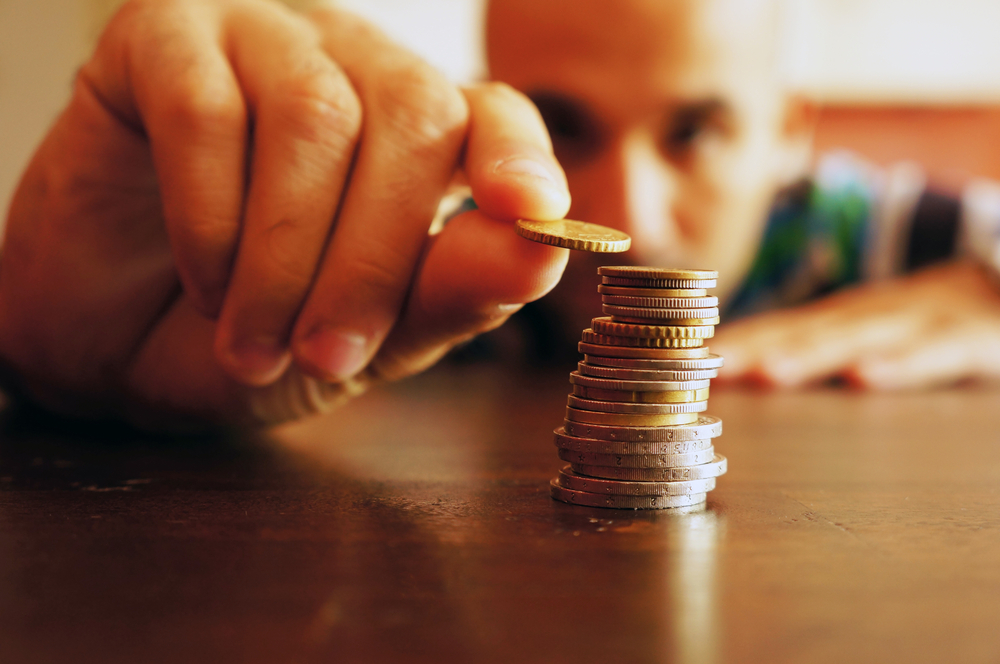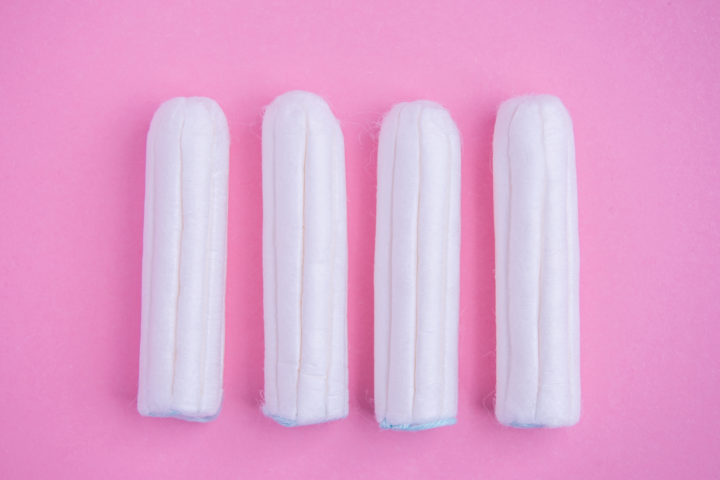Consumerist society is literally built to make us pay for being women. We are complacently paying more; the market aggressively offers women products that are more expensive than their male products (even if these are extremely similar or the same goods). From hair cuts and shoes to razors and shampoos, women are paying more for no other apparent reason than that marketers knows they can get away with it.
Vox author Danielle Kurtzleben puts our complacency in context of our everyday lives though, ladies: “You’re paying extra to play a made-up role that society pays you less for inhabiting.”
So why are we letting this happen to us? What excuses are there from the production side of things? In the formative spending years of the baby boomer’s generation, L’Oreal said four magic words to women: “Because you’re worth it.” Why pay more? Because it’s the better product if it’s more expensive, more bang for your buck, right? But when the a woman looks for products, she looks at ingredients and finds that sometimes it’s only the packaging that’s so different. Some other clear reasons exist for why women are complicit in paying more: these goods are marketed to be specifically for women, women are more likely to develop brand relationships and loyalties, and sometimes, you just don’t know better.
It’s not just goods like deodorant and shampoo, but also things like dry cleaning—where men’s shirts are $2, women are $6, and the excuse is that the structure wasn’t designed around them. How does that clear gender bias make it acceptable? There is even a higher tariff on a lot of women’s goods and clothing that are imported into the country. This burdens the importers $67 million on women’s goods, which then makes its way down the chain of consumerism to the everyday woman.
Another way that the gender bias is clearly exhibited in consumerism can be found after Christmas—pink toolboxes, pink luggage, “girly” items in clearance. Not because of a surplus, but more often than not because men are much less likely to buy a good branded as for women than a woman is to buy a “men’s” item. The ridiculous implications that this come with, that femininity is an inherently bad and more high-maintenance trait, is incredibly harmful in a multitude of ways. It sets not only women up for discrimination and distain, but also non-gender-conforming people, “non-masculine” men, and women who don’t present in the normalized-feminine way.
In a year, women pay $1,300 more a year for the same products as a man—when a white woman makes 77 cents to a man’s dollar, and the number for minorities dips even lower, this is a steep price to pay.
Cover image courtesy of Shutterstock.




comments